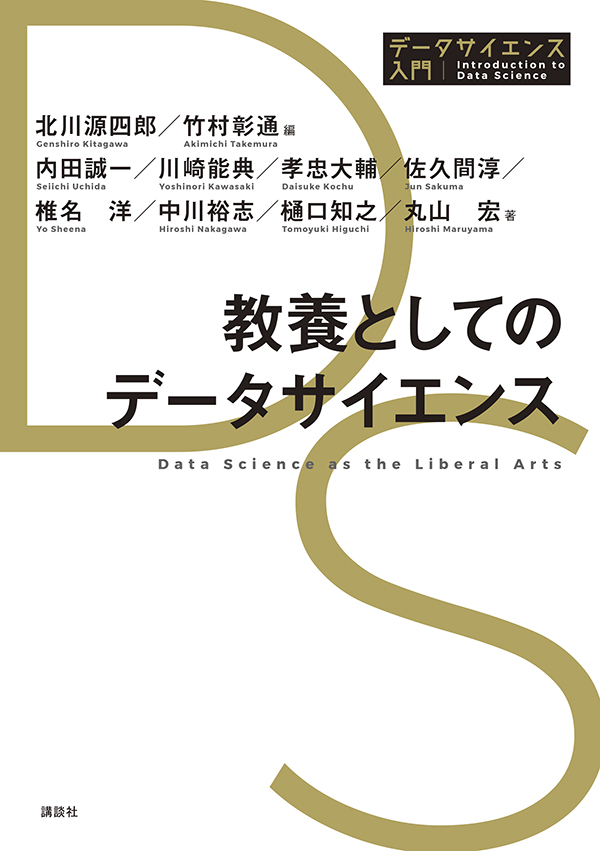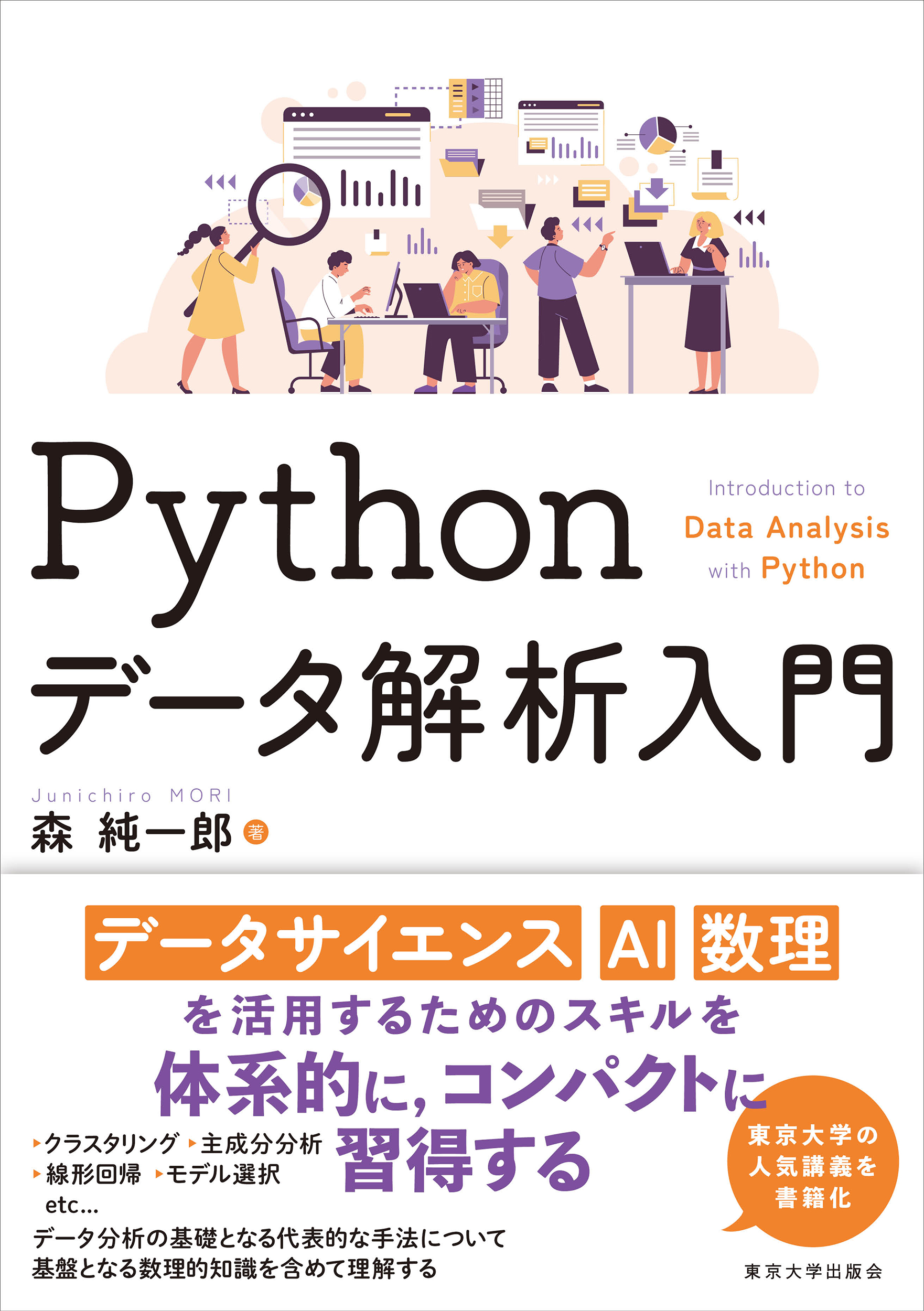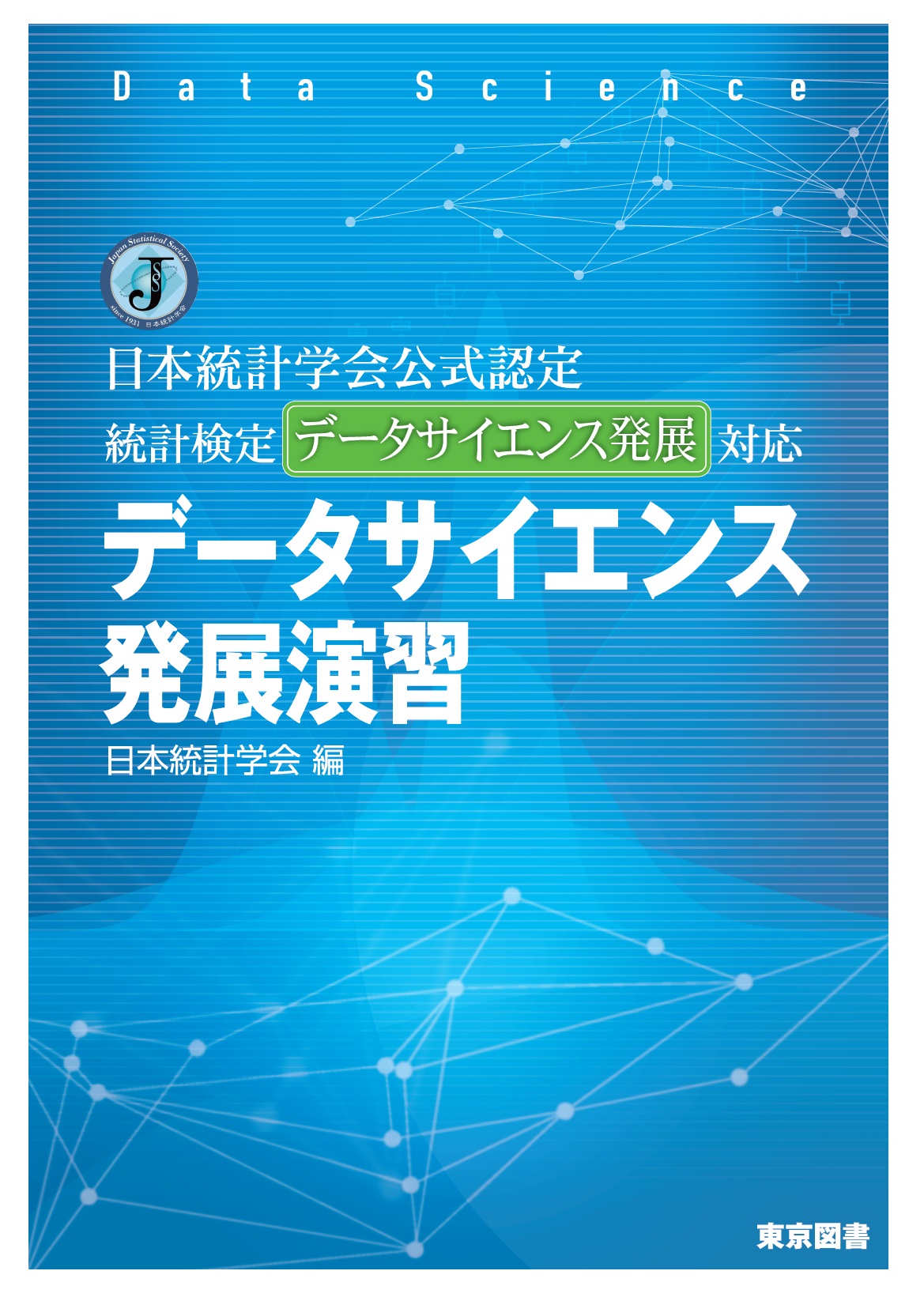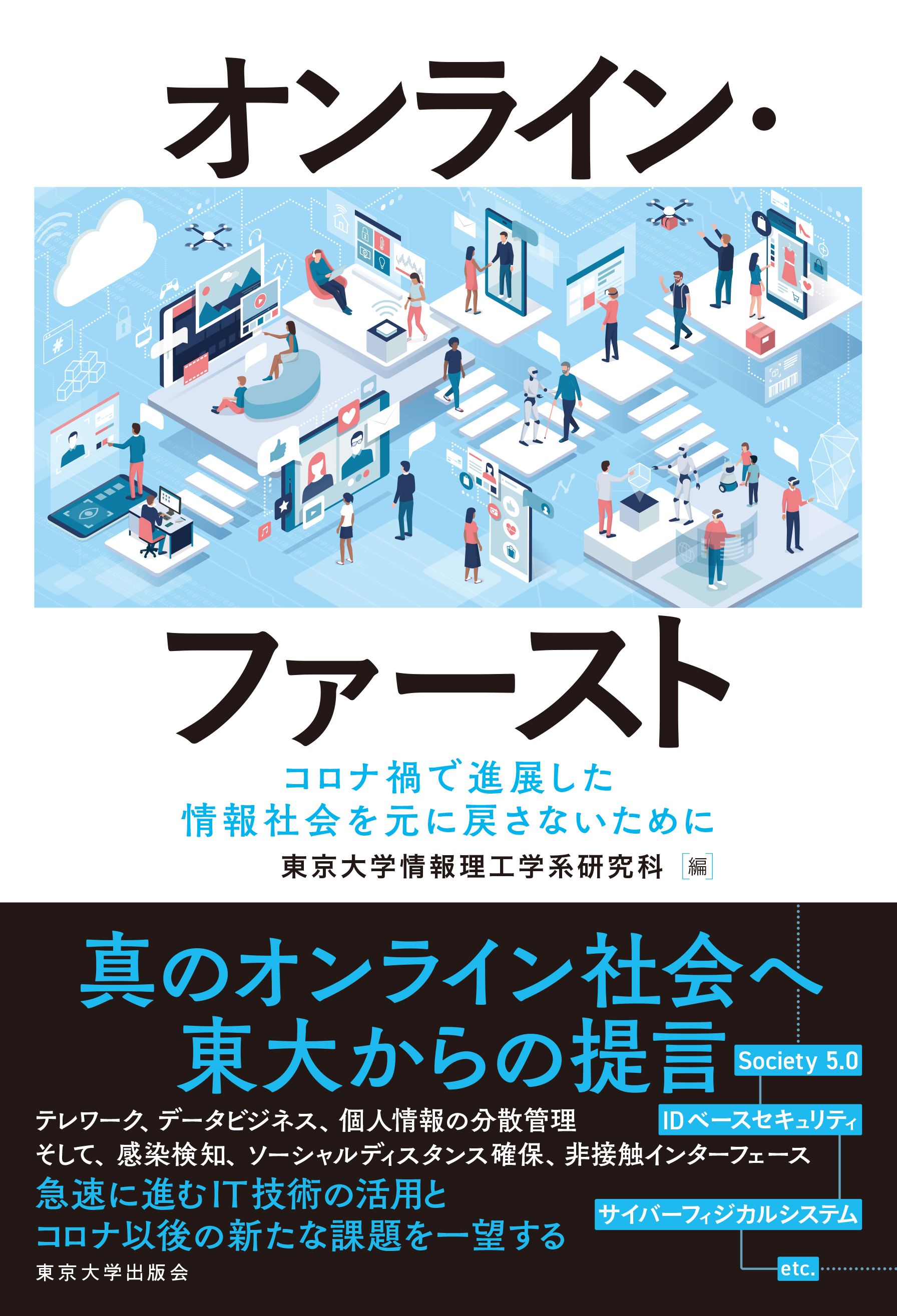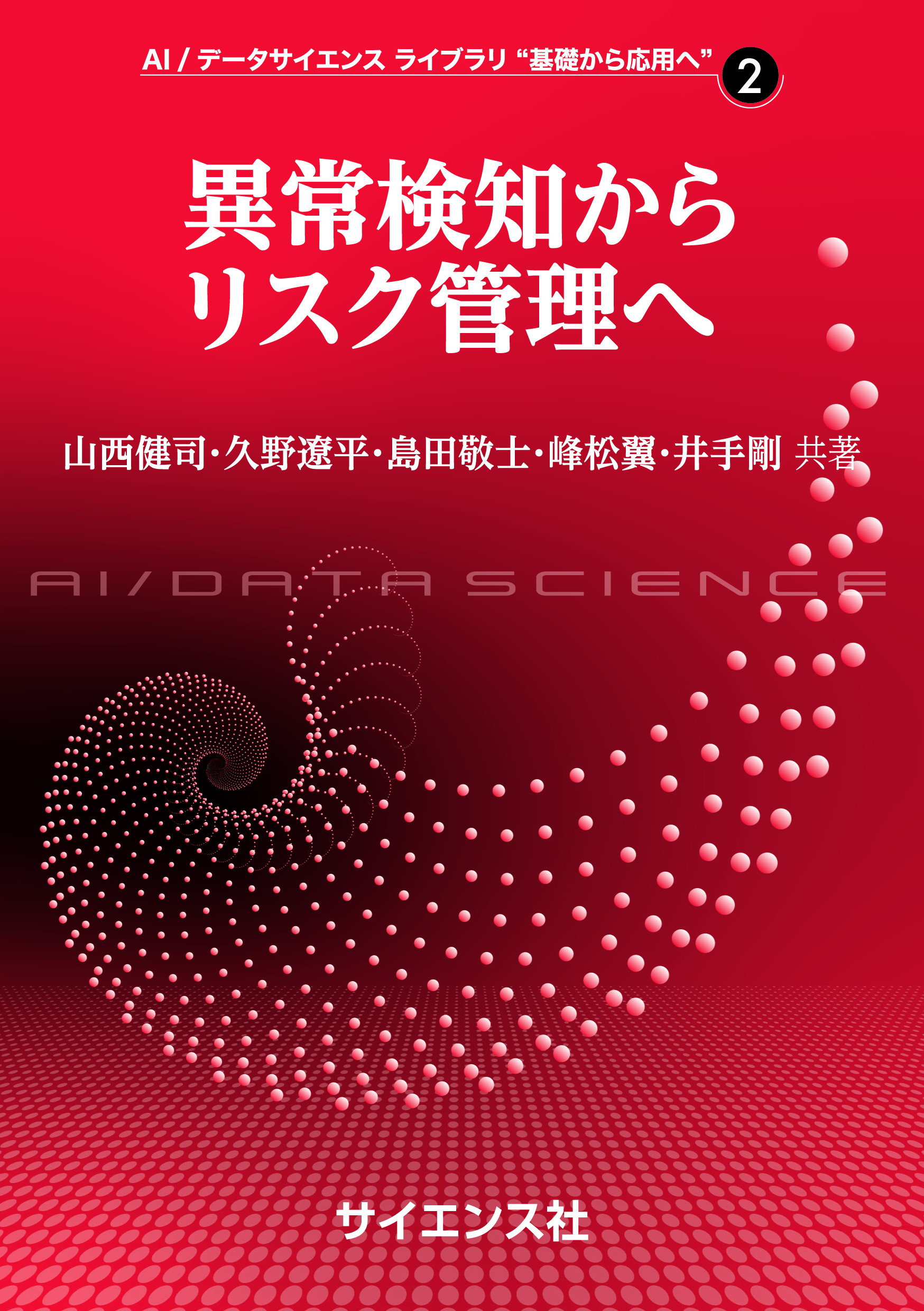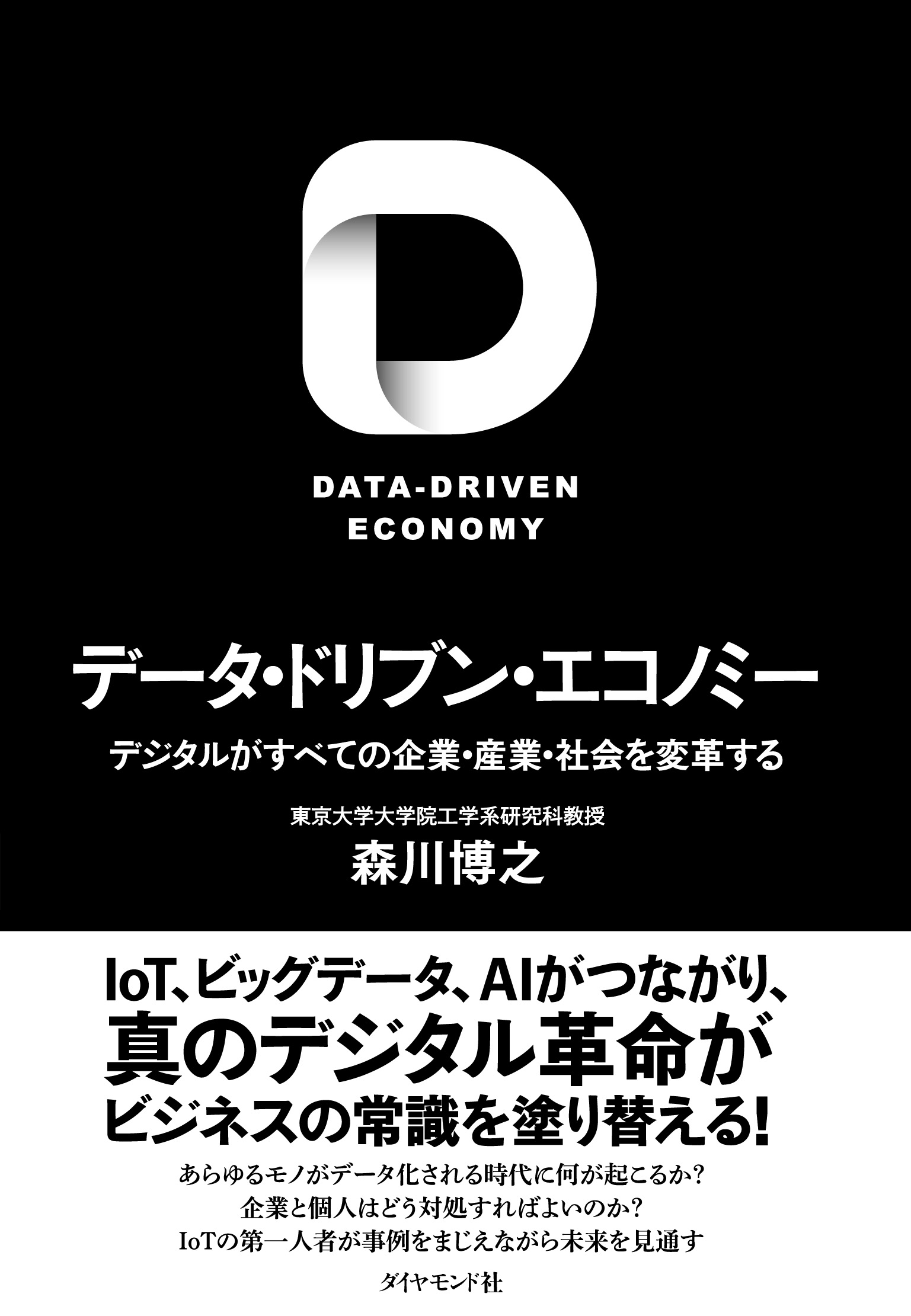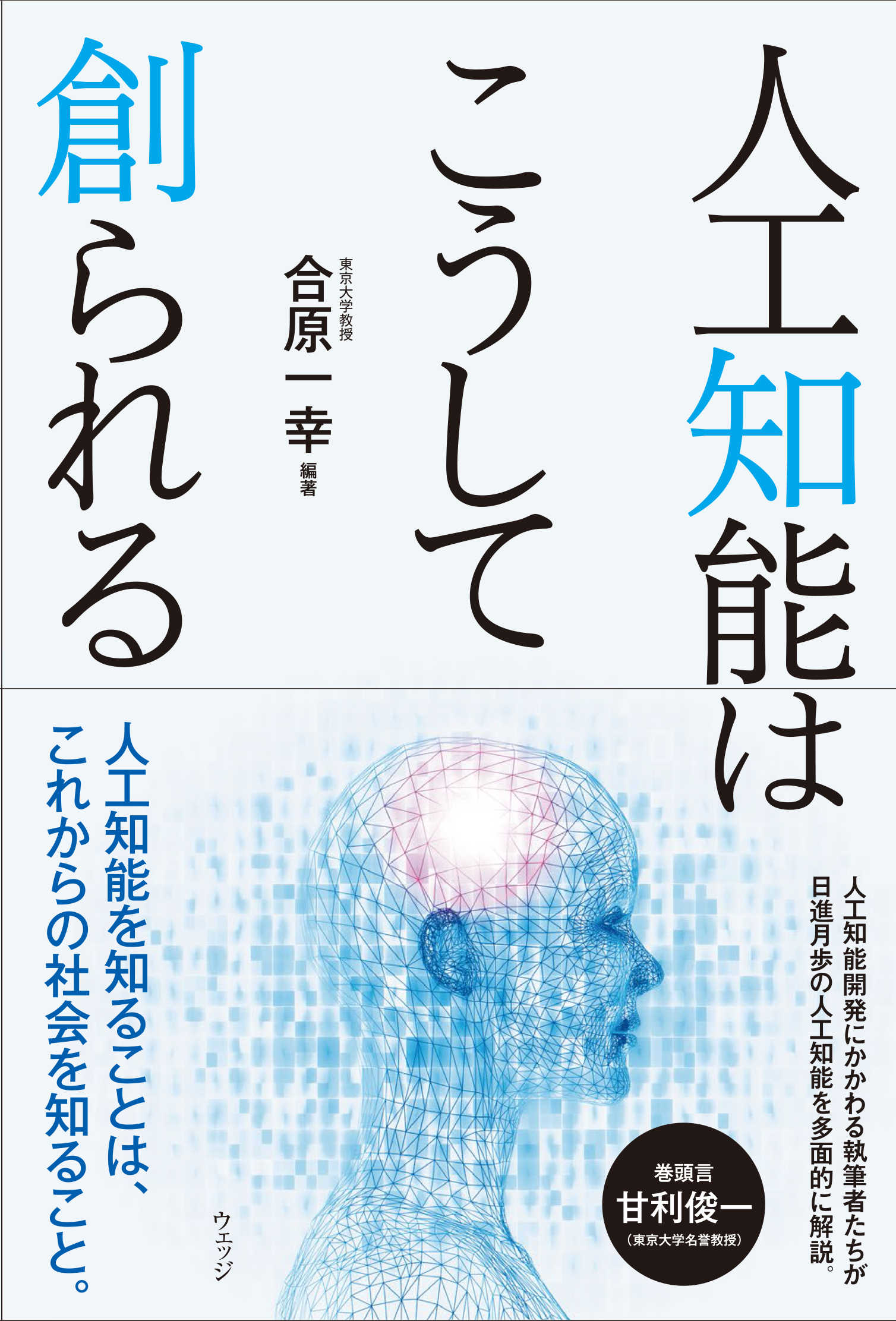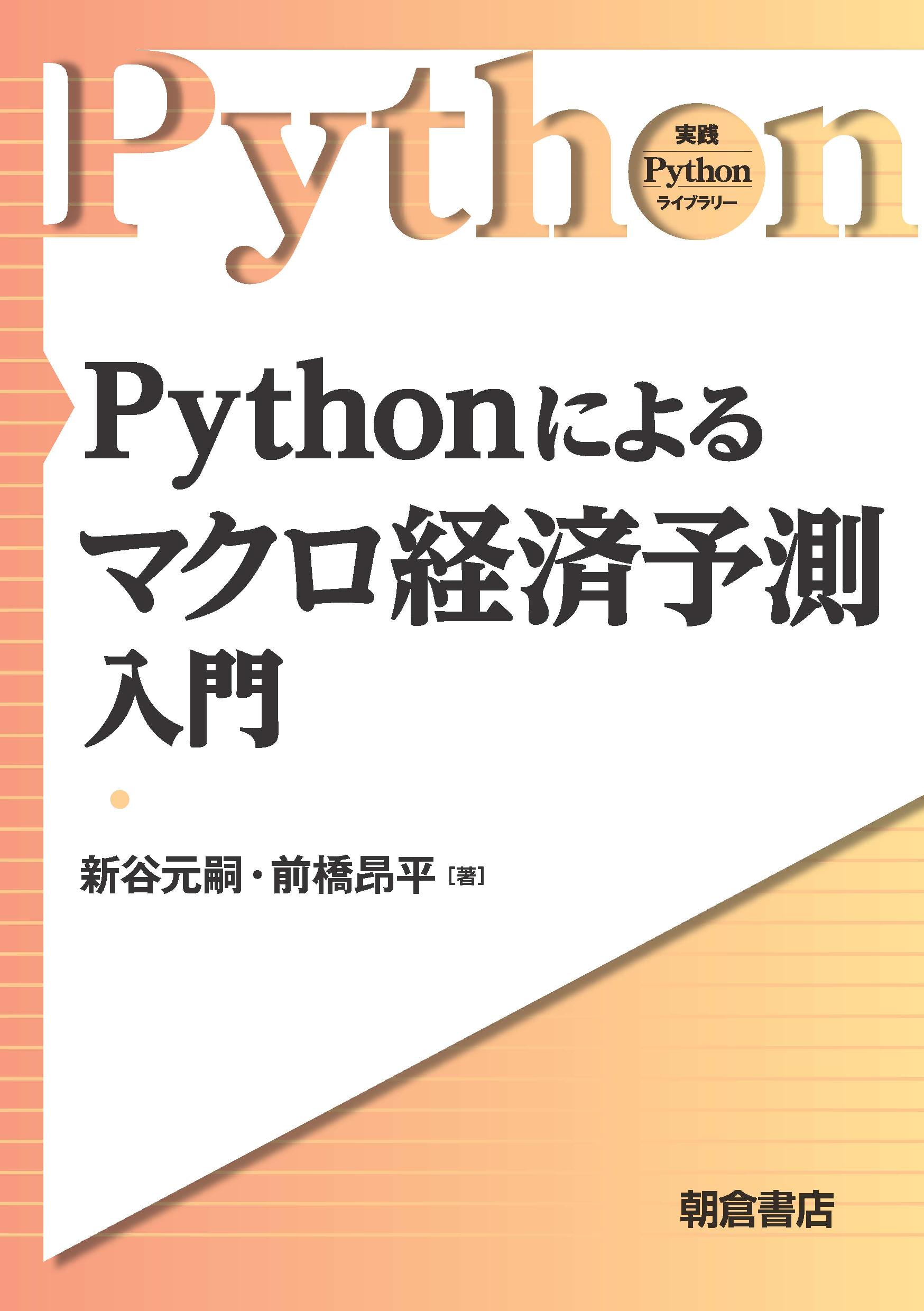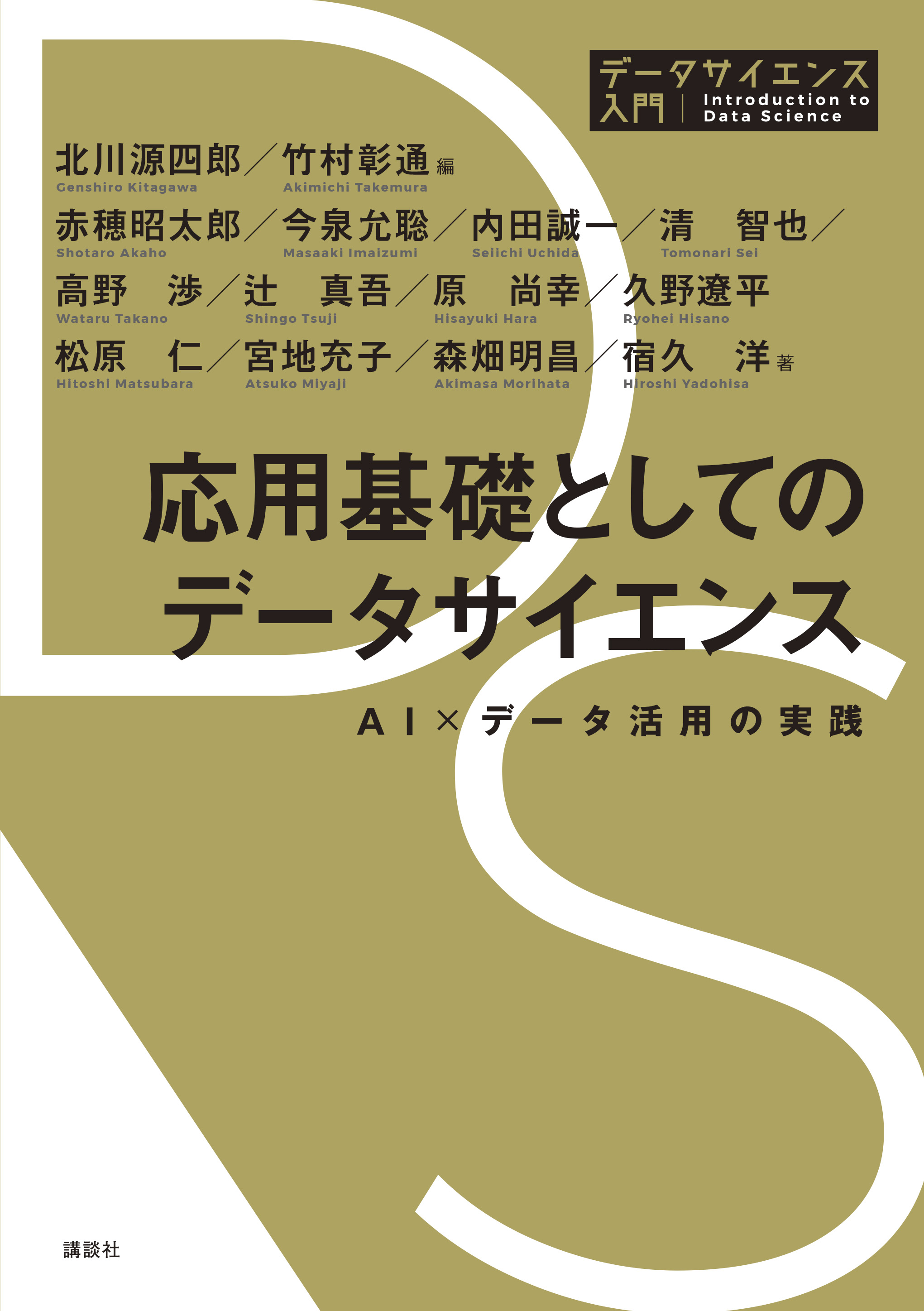
Title
Introduction to Data Science Ōyōkiso-toshite no Data Science (Data Science as Advanced Literacy - Practical Examples of AI×Data Use)
Size
384 pages, A5 format
Language
Japanese
Released
February 14, 2023
ISBN
978-4-06-530789-2
Published by
Kodansha
Book Info
See Book Availability at Library
Japanese Page
As the next installment of the Introduction to Data Science series, this book continues where Data Science as the Liberal Arts left off. The book consists of three parts—“Fundamentals of Data Science,” “Fundamentals of Data Engineering,” and “Fundamentals of Artificial Intelligence (AI)”—with 12 researchers contributing to the writing in their respective fields.
Data science encompasses the various methods used to describe, visualize, and analyze data; data engineering is the general term for technology needed to collect, process, and protect data; and artificial intelligence (AI) is the field of research whose aim is to mimic human intelligence using machines or software. Due to the rapid development of AI in recent years, we are increasingly seeing AI technology in everyday life. Newfound awareness of the importance of data analysis is also impacting all areas of academia and industry—including the humanities, science and technology, and medicine—and is driving R&D that uses AI. In each of these fields, there is a growing need for individuals capable of using and applying mathematical science, data science, and AI.
In its AI Strategy 2019, the Japanese government set targets for cultivating AI human resources at the literacy level (approximately 500,000/year) and advanced literacy level (approximately 250,000/year). The first target, literacy level, was covered in the previous book Data Science as the Liberal Arts. The contents of this book correspond to the second target, advanced literacy. The goal at the advanced literacy level is “to acquire basic skills to apply mathematics, data science and AI to their own fields of study.” The curriculum for this level, developed by the Japan Inter-University Consortium for Mathematics, Data Science and AI Education, which is responsible for promoting education in these fields at universities, was released in March 2021 as the “Model Curriculum for Mathematics, Data Science and AI (Advanced Literacy Level): Practical Examples of AI×Data Use.” This book also conforms to this curriculum and serves as a standard textbook covering all fundamental items included in the curriculum.
One of the unique features of the book is its brief introduction of Python in the context of algorithms and SQL in the context of databases. Both are essential skills in relevant fields. The book also includes an appropriate amount of explanations using numerical formulas, enabling the reader to learn about data analysis, data security, deep learning, and natural language processing. It is hoped that, by acquiring this knowledge, university students will be able to use and apply data science and AI in their future careers. For students who are interested in studying this topic in greater depth, I would recommend reading the other books in the Introduction to Data Science series.
(Written by SEI Tomonari, Professor, Graduate School of Information Science and Technology / 2023)



 Find a book
Find a book


